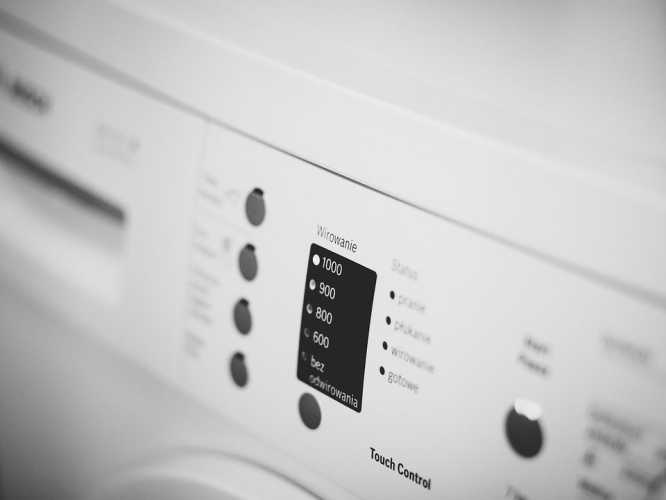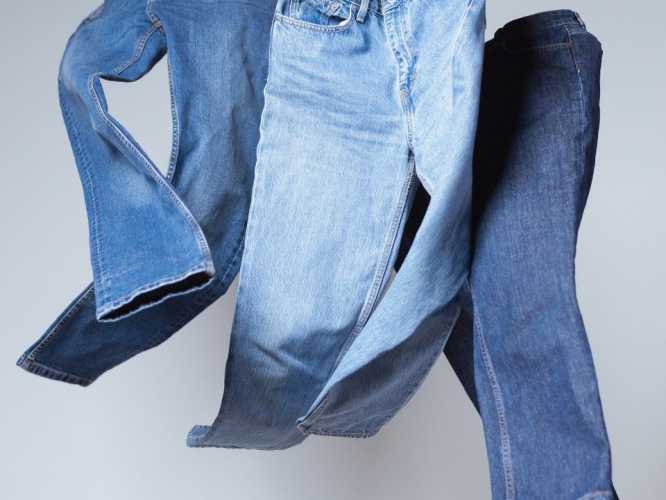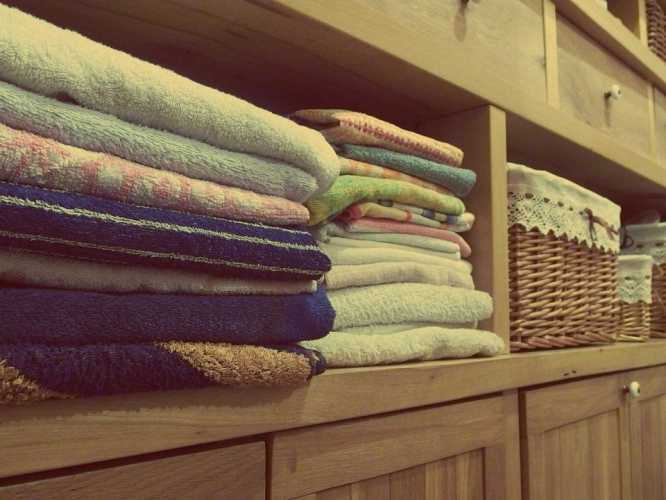How to clean a washing machine: ways to get rid of odor, dirt and scale at home

A washing machine, even if it was recently purchased, can start to emit strange odors. At best, they can be compared to a damp basement, at worst, to a sewer. And sometimes the device can even start to smell like burning. All these odors are absorbed into things, and even immediately after washing they will not seem clean, informs Ukr.Media.
Causes of unpleasant odors from the washing machine
There can be several reasons for an unpleasant odor coming from the washing machine drum. Moreover, they can combine with each other and reinforce each other.
Closed washing machine door
The most common cause of an unpleasant odor from a washing machine is moisture. Many people take out damp clothes and hang them up, closing the washing machine door.
However, the moisture in the drum and on all the rubber seals does not disappear anywhere, the water stagnates. It takes at least half a day in the warm season for the machine to completely dry inside. In addition, immediately after washing, the drum and rubber seals remain warm for some time.
Warm, humid, and no fresh air flow are three reasons why water left in your washing machine can start to smell. And if left untreated, mold can also form.
Drain hose installed incorrectly
The drain hose of the washing machine has a special bend. 70 centimeters should be the minimum distance from the floor to the bend of the drain hose.
Otherwise, water can stagnate in the hose and stink. To solve the problem, you need to raise the bend to the desired height and flush it several times, then the water will start to flow.
Storing dirty items in the drum
Sometimes, to save time or space, housewives put dirty clothes in the drum of the washing machine. However, it should be remembered that the rubber parts and the internal surfaces of the appliance perfectly absorb various odors. Worn clothes still have a specific aroma, and if there are several such things and they lie inside for a long time, the smell can be firmly fixed in the machine.
It is better to collect clothes for washing in special baskets, they have holes for ventilation and do not retain odors.
Excess detergent, washing gel or fabric softener
In an effort to give things a bright aroma of morning freshness, housewives can overdo it and add too much powder or conditioner.
Excessive amounts of household chemicals will not be able to be completely rinsed out of clothes, resulting in a high risk of not only getting stained clothes, but also ruining the washing machine.
The products will settle in the recesses of household appliances and gradually begin to stink. It is not for nothing that manufacturers give recommendations on the amount of product to use.
Clogged drain filter
Pet hair, notes, and tickets left in pockets — all of this will most likely not be completely removed from the washing machine and will not come out through the hose, but may remain in the drain filter area and begin to deteriorate.
To avoid such situations, it is important to open the drain plug at least once every couple of months and let the accumulated water drain with all its contents. And it is worth checking pockets and shaking out clothes before sending them to the wash.
Dirt and mold in the detergent drawer
It is worth ventilating not only the drum of the washing machine, but also the compartment where you pour the detergent and fabric softener. Soap scum, which is permanently wet, will eventually start to smell like sewage. In addition, mold can develop in this environment.
The laundry tray should be cleaned periodically. In any washing machine, it can be pulled out completely and washed – including in the dishwasher.
Regular washing at 40 degrees
In an effort to protect clothes from fading or shrinking, some choose the most gentle washing mode possible – with minimum spin and a temperature of 40 degrees.
However, there is a downside to this: limescale begins to settle on the tubular electric heater, it mixes with soap scum, lint from fabrics, or dirt, and all of this ultimately leads to a musty smell from the washing machine.
This is very difficult to “treat” at home – you will most likely have to contact a specialist who will replace the electric heater. If this does not harm the fabrics, then it is better to set the washing mode to 60 degrees and higher more often.
What fabrics can be washed at 60 degrees? It is important to remember which fabrics can be washed at high temperatures (60 degrees and above). First of all, these are white cotton, linen, acrylic and viscose. Batiste and bamboo can also withstand this mode. But delicate fabrics – silk, cotton, cashmere, pure wool – require delicate handling and low temperatures.
Cleaning a washing machine at home with folk remedies
The tools available in any kitchen can help with cleaning your washing machine. The main thing is to use them with caution and not too often.
How to clean a washing machine with citric acid
Once a season, you should clean your washing machine with regular citric acid. To do this, you need to buy a 70-gram bag. Then follow the instructions:
After citric acid, the smell from the washing machine may become even stronger. This means that the heating element is very covered with scale, and the citric acid did not completely remove it. In this case, you need to repeat the procedure one or two more times.
Cleaning the washing machine with baking soda
If mold has appeared on the rubber seals of the washing machine, baking soda can come to the rescue.
What do you need to clean a washing machine with baking soda?
How to clean a washing machine with baking soda:
How to get rid of odors in a washing machine using table vinegar
Vinegar from the kitchen cabinet will help not only soften towels when washed, but also get rid of soap and limescale.
How to clean a washing machine with vinegar:
Cleaning the washing machine with household chemicals
Many people recommend cleaning your washing machine with chlorine-based products. This is indeed an effective method, but it should be used carefully and not too often.
You can clean your washing machine with chlorine no more than once every six months. Otherwise, there is a high risk of damaging the appliance.
There are many special household chemicals on the market, but some of them, for example, popular gels for toilets and bathtubs, are not suitable for cleaning a washing machine. They foam very much and can be very difficult to rinse. It is better to pay attention to ordinary laundry.
How to clean a washing machine with laundry?
Cleaning individual parts of the washing machine
If you have already “run” the washing machine with all the listed means, and there is still no effect, most likely the problem is localized. You can solve it manually.
How to clean the detergent drawer?
How to clean the filter?
The drain filter, which can cause a strong unpleasant odor, is located at the bottom of the washing machine, behind a cover plate below the door. It is additionally covered by a screw-on lid.
How to clean the filter?
Джерело: Source



